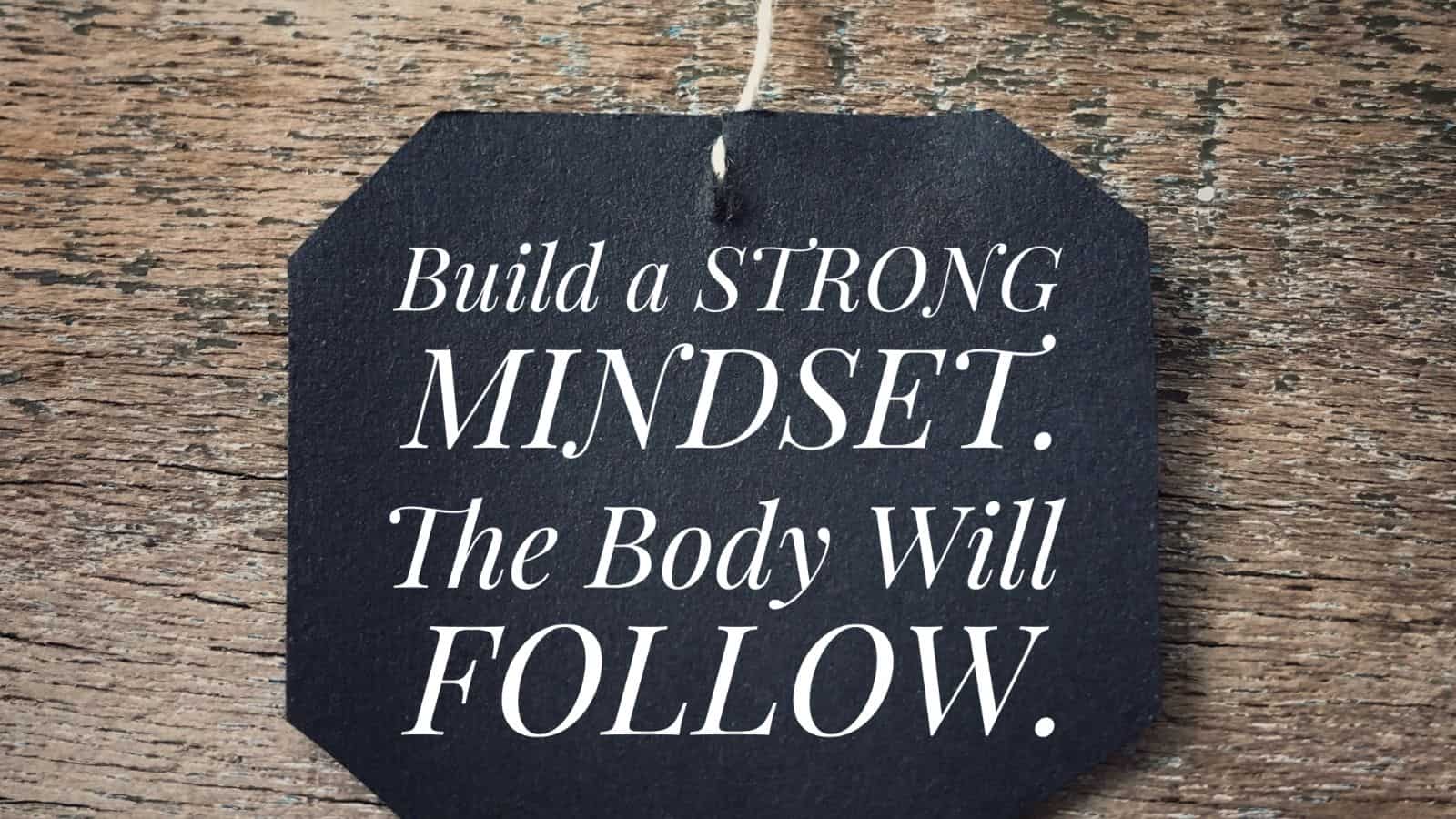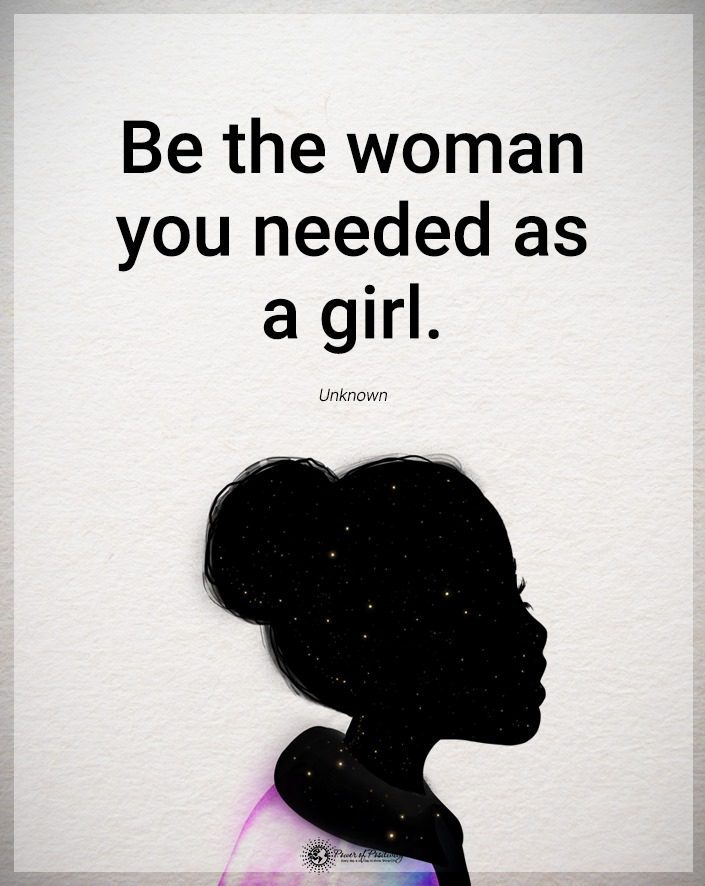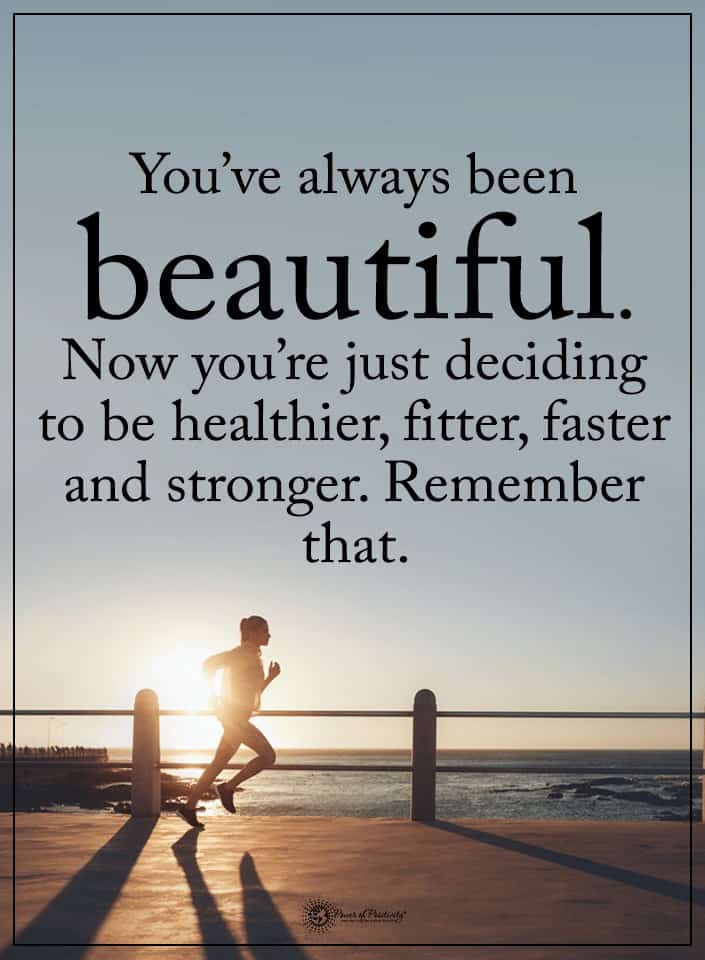“Do you know that you make over 200 food choices…a day?! We eat largely because of what is around us. We overeat not because of hunger but because of family, packages and plates, names and number, colors and candles, shapes and smell, distractions and distances; the list is almost as endless as it is invisible.” – Brian Wansink, author of Mindless Eating.
The United States is the most obese country in the world. Nearly 33% of adults in America are classified as obese, a medical condition in which excess body fat can effectively impact health. Note that this is different than being overweight, which simply means weighing too much. Obesity can be detrimental to the health of those afflicted. Obesity is not the topic of this article. However, it is relevant in the sense that many of us engage in unhealthy eating habits that promotes obesity; not only obesity, but many other adverse health conditions.
The bottom line: nutritional habits are, perhaps, the most influential determinant to our overall health.
Negative dietary health outcomes can be attributed to two main things: poor eating habits and the proliferation of processed foods. While the latter may not be in our control, the former certainly is. First, it is necessary to recognize eating habits that are counterproductive to overall health.
Here are 5 signs your eating habits that are making you sick:
1. Your food portions are over the suggested serving sizes
The amount of food that is considered one ‘serving’ is far more in the U.S. and other developed countries than elsewhere in the world. Not to mention, we’re more likely to load our plates with the “good stuff” rather than healthy vegetables, fruits, etc. If you’re eating more than a single suggested serving, you could be making yourself sick by overburdening your body with food. Think of your body’s metabolism as an incinerator – not enough food the fire goes out – too much food and the fire gets smothered.
2. You’re eating when stressed
Oh, yes. What better way to release those pent-up feelings than with a double/triple/stacked/leaning inject-me-with-pasteurized-cheese-and-beef monstrosity of a burger? (This is a personal dietary preference of the writer…feel free to point out your own.) On a serious note, fast food is a go-to for many stressed-out office-goers. Stressed folks have a higher likelihood of indulging on unhealthy fare.
3. You’re eating processed meats
Many processed meats – hot dogs, bacon, sausage, deli meats, etc. – contain both an unhealthy blend of nitrates and an unnecessary amount of sodium. Nitrates are a preservative that undermines the body’s ability to process sugar, which throws blood-sugar levels out of whack. Excess sodium contributes to hypertension, or high blood pressure. It can also contribute to heart disease.
4. You’re drinking too much coffee
Okay, bear with us a second. Please don’t navigate to another webpage. Many of us love coffee, or at least make it a priority to get a cup on the morning. Nobody’s saying to forgo that morning cup or two. However, excess coffee intake means excess caffeine intake – this means increased fat storage and other undesirable health effects.
5. You’re not getting enough sodium
Ignoring sodium intake in our food is a bad idea. It is necessary to regulate sodium intake to ward off obesity, high blood pressure and numerous other health issues. A shocking statistic: the average American consumes about 50% more than the recommended daily amount of salt.
Okay, this is all well and good but what are we supposed to do?
Healthy eating can be difficult in a society that produces disproportionate amounts of unwholesome food. The solution is this: to be mindful of what we put into our bodies. Mindful eating can be an effective measure against innate tendencies to indulge in unhealthy eating habits.
To eat mindfully simply means to engage in eating habits with the intent to care for ourselves. More specifically, that we eat with attention; attention necessary to notice and enjoy our food while understanding its effect on our bodies.
We can practice mindful eating by asking ourselves six simple questions:
Why?
Why do I choose to eat this particular food? Why am I eating now?
When?
When do I think about eating? When am I more prone to eating unhealthy food?
Where?
Where do I intend this food to go? Does this food serve my energy and health or some other need or want?
What?
What do I choose to eat? What are the healthiest choices considering the options?
How?
How do I eat? How do I choose the foods necessary to serve a healthy function?
How much?
How much food do I need to eat? Are my portions conducive to healthy eating habits?
Mindful eating is quickly becoming a trend among those who strive to achieve a healthy lifestyle. Understanding the myriad of ways that nutrition affects our overall health is a great first step, as we’re more prone to make mindful, healthy decisions when educated about nutrition and its impact on our everyday lives.
In making the simple decision to make mindful nutritional choices, we effectively make the decision to live with intent and well-being.









